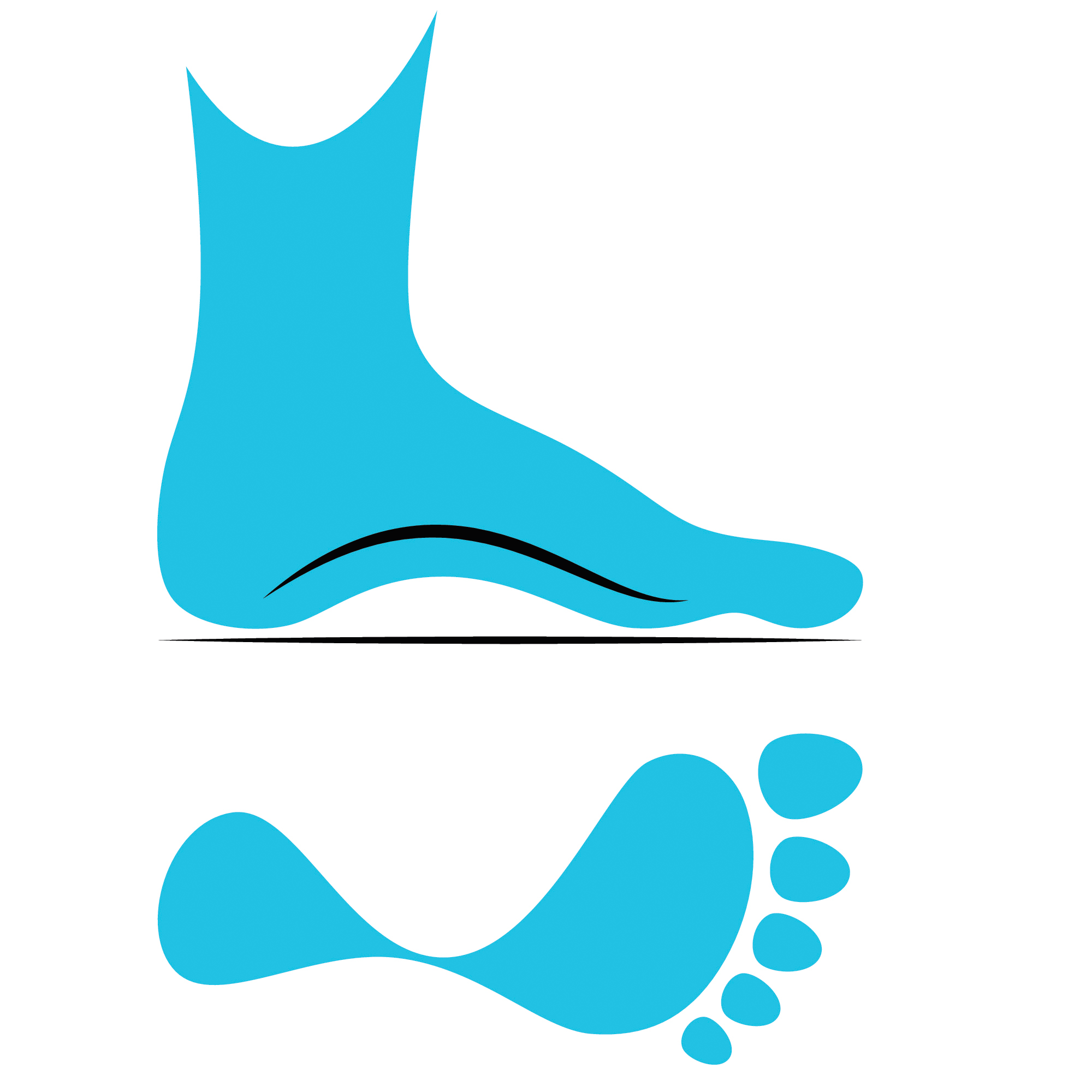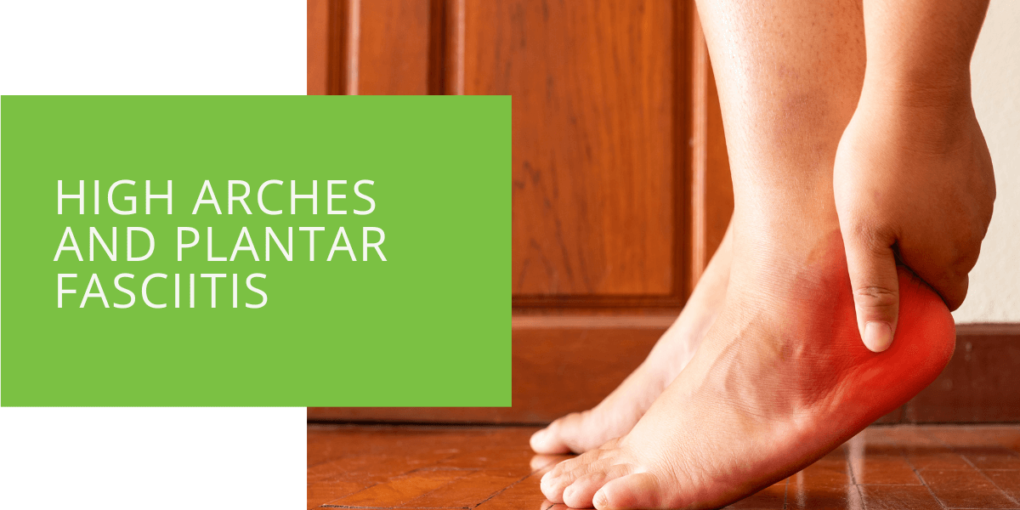High Arches and Plantar Fasciitis
High arches and plantar fasciitis are common foot conditions that affect many people. High arches, also known as cavus foot, are characterized by an unusually high arch in the foot. When high arches connect with the plantar fascia, the band of tissue that runs from the heel bone to the ball of the foot, it can lead to a painful condition called plantar fasciitis. This article will explore the relationship between high arches and plantar fasciitis, including their causes, symptoms, and treatment options. We will also provide tips for preventing these conditions and explain when it's important to see a podiatrist for professional help.
What are High Arches?
High arches are a common foot condition that affects around 20% of people. This condition is also called pes cavus or cavus foot. A high arch is when the arch of the foot is higher than usual. People with high arches have a noticeable arch in their foot, and their foot may appear more curved or arched than normal.
Causes of High Arches
High arches can be inherited or caused by a neurological condition, such as cerebral palsy or Charcot-Marie-Tooth disease. Other causes include overuse injuries, ankle sprains, and muscle or nerve disorders.
Symptoms of High Arches
People with high arches may experience foot pain, calluses, or a lack of stability while standing or walking. They may also have trouble fitting into shoes and often require custom orthotics to support their high arch feet.
What is Plantar Fasciitis?
Plantar fasciitis is a common foot condition that affects the heel and bottom of the foot. It occurs when the plantar fascia, a band of tissue connecting the heel bone to the foot ball, becomes inflamed or irritated.
Causes of Plantar Fasciitis
Plantar fasciitis can be caused by overuse, such as running or standing for long periods. It can also be caused by wearing shoes with poor arch support, being overweight, or having high arches.
Symptoms of Plantar Fasciitis
The most common symptom of plantar fasciitis is heel pain. People with plantar fasciitis often experience pain in the heel of their foot that is worst when taking the first steps in the morning. They may also experience pain in the arch of the foot or the ball of the foot.

How are High Arches Related to Plantar Fasciitis?
High arches can cause plantar fasciitis by putting extra pressure on the heel bone and the bottom of the foot. This increased pressure can inflame the plantar fascia, causing pain and discomfort.
The Effect of High Arches on Plantar Fascia
People with high arches have less surface area on their feet to absorb shock and distribute weight evenly. As a result, the plantar fascia takes on more stress and is more likely to inflame or tear.
Why High Arches Increase the Risk of Plantar Fasciitis
People with high arches may have tighter Achilles tendons and calf muscles, which can strain the plantar fascia more. This tightness can also make it harder to stretch the plantar fascia and the surrounding muscles, leading to inflammation and pain.
Diagnosis and Treatment of High Arches and Plantar Fasciitis
If you experience foot pain, it is important to see a podiatrist for an accurate diagnosis. To diagnose high arches and plantar fasciitis, your podiatrist may perform a physical exam, take X-rays, or use other imaging tests.
How to Diagnose High Arches and Plantar Fasciitis
To diagnose high arches, your podiatrist will examine your feet and look for signs of a high arch. They may also ask about your medical history and perform a neurological exam to rule out underlying conditions.
To diagnose plantar fasciitis, your podiatrist may perform a physical exam to check for tenderness, swelling, or redness in the affected area. They may also use imaging tests such as X-rays or an MRI to confirm the diagnosis.
Treatment Options for High Arches and Plantar Fasciitis
Treatment options for high arches and plantar fasciitis vary depending on the severity of your condition. Your podiatrist may recommend custom orthotics to support your high arch feet or a heel cushion or splint to relieve pressure on the plantar fascia.
Your podiatrist may recommend stretching exercises for plantar fasciitis to loosen tight calf muscles and the plantar fascia. They may also recommend anti-inflammatory medications to reduce pain and inflammation.
In severe cases, surgery may be necessary to relieve pain and inflammation in the affected area. However, most cases of high arches and plantar fasciitis can be managed with non-surgical treatments.
Prevention Tips for High Arches and Plantar Fasciitis
To prevent high arches and plantar fasciitis, it is important to wear properly fitting shoes with good arch support. You should also avoid overuse injuries by taking regular breaks during physical activity and gradually increasing the intensity of your workouts.
Stretching exercises can also help prevent high arches and plantar fasciitis by keeping the plantar fascia and calf muscles flexible and limber.

When to See a Podiatrist for High Arches and Plantar Fasciitis
If you are experiencing foot pain, it is important to see a podiatrist for an accurate diagnosis and treatment plan. Your podiatrist can help you manage your high arches and plantar fasciitis with customized treatment options tailored to your needs.
Why It's Important to Seek Professional Help
Ignoring foot pain can lead to further complications and may make your condition worse over time. Seeing a podiatrist can help you manage your pain and prevent further damage to your foot and ankle.
What to Expect During a Podiatrist Appointment
During your podiatrist appointment, your podiatrist will perform a physical exam and ask about your medical history. They may also use imaging tests to diagnose your condition and recommend a customized treatment plan.
Common Podiatric Treatments for High Arches and Plantar Fasciitis
Common podiatric treatments for high arches and plantar fasciitis include custom orthotics, stretching exercises, and anti-inflammatory medications. In severe cases, surgery may be necessary to relieve pain and inflammation.
Conclusion
High arches and plantar fasciitis can cause pain and discomfort in the foot and ankle. By understanding the connection between these two conditions, you can take steps to prevent and manage them. If you are experiencing foot pain, it is important to see a podiatrist for an accurate diagnosis and customized treatment plan.

